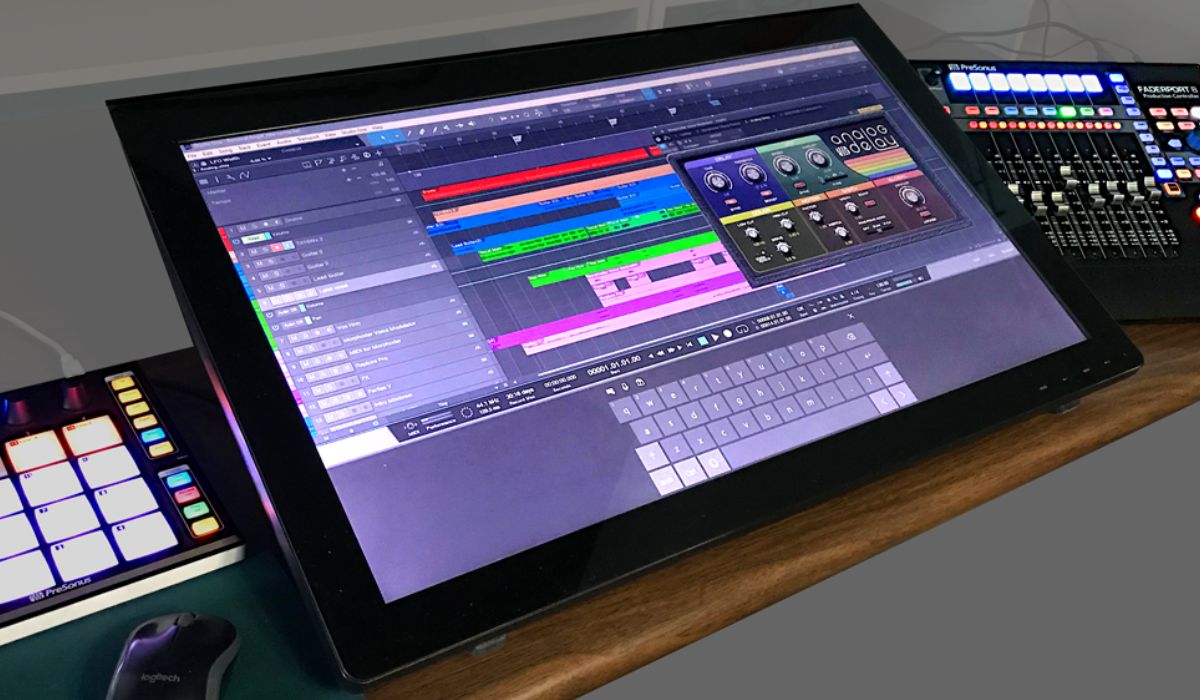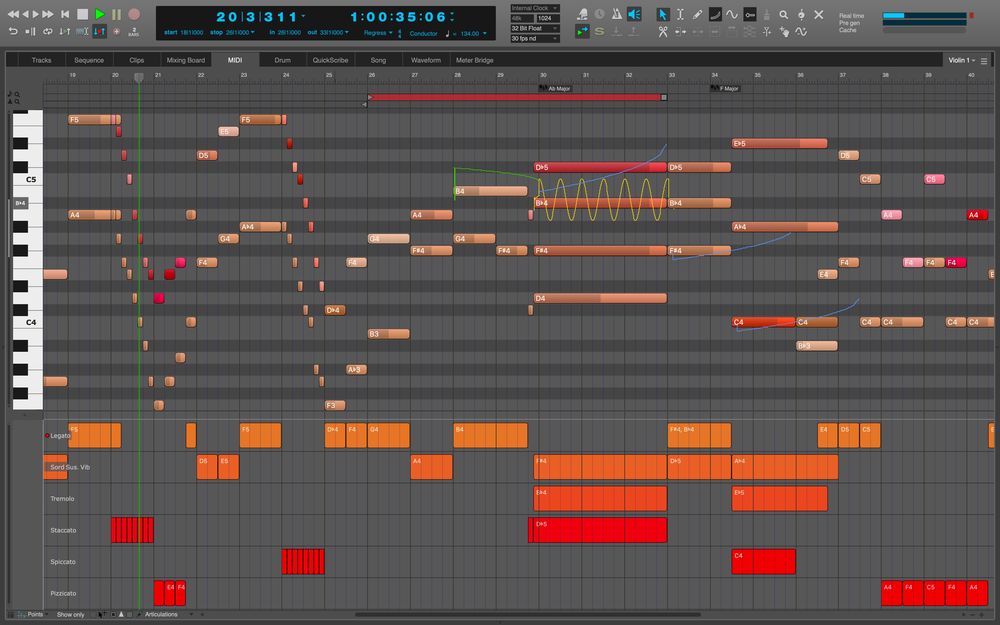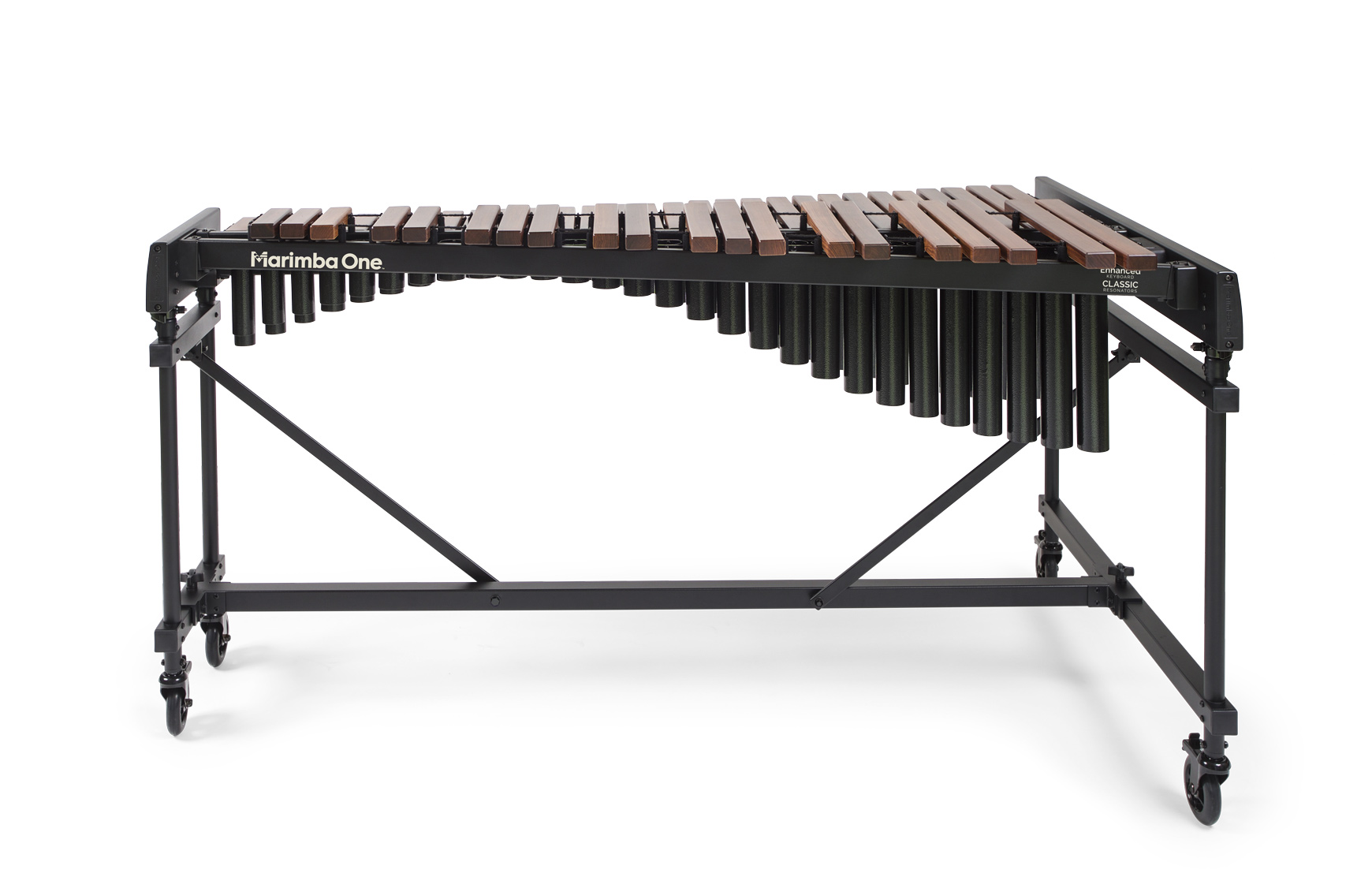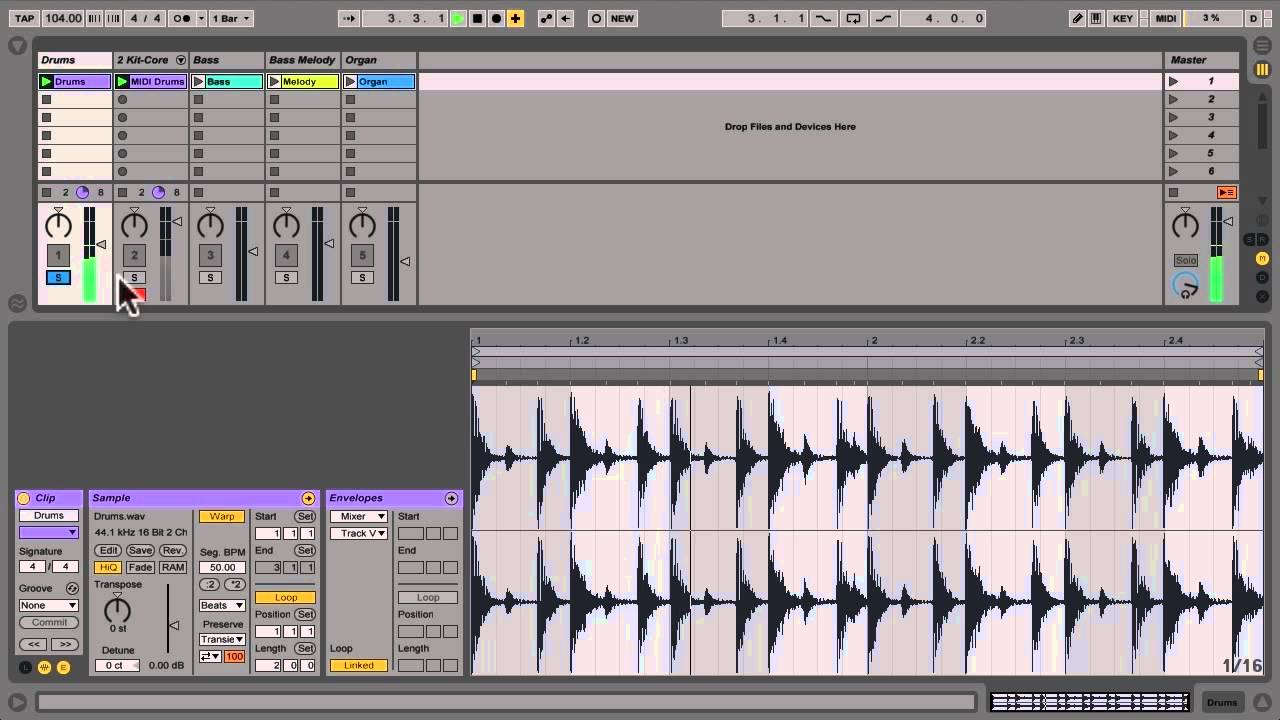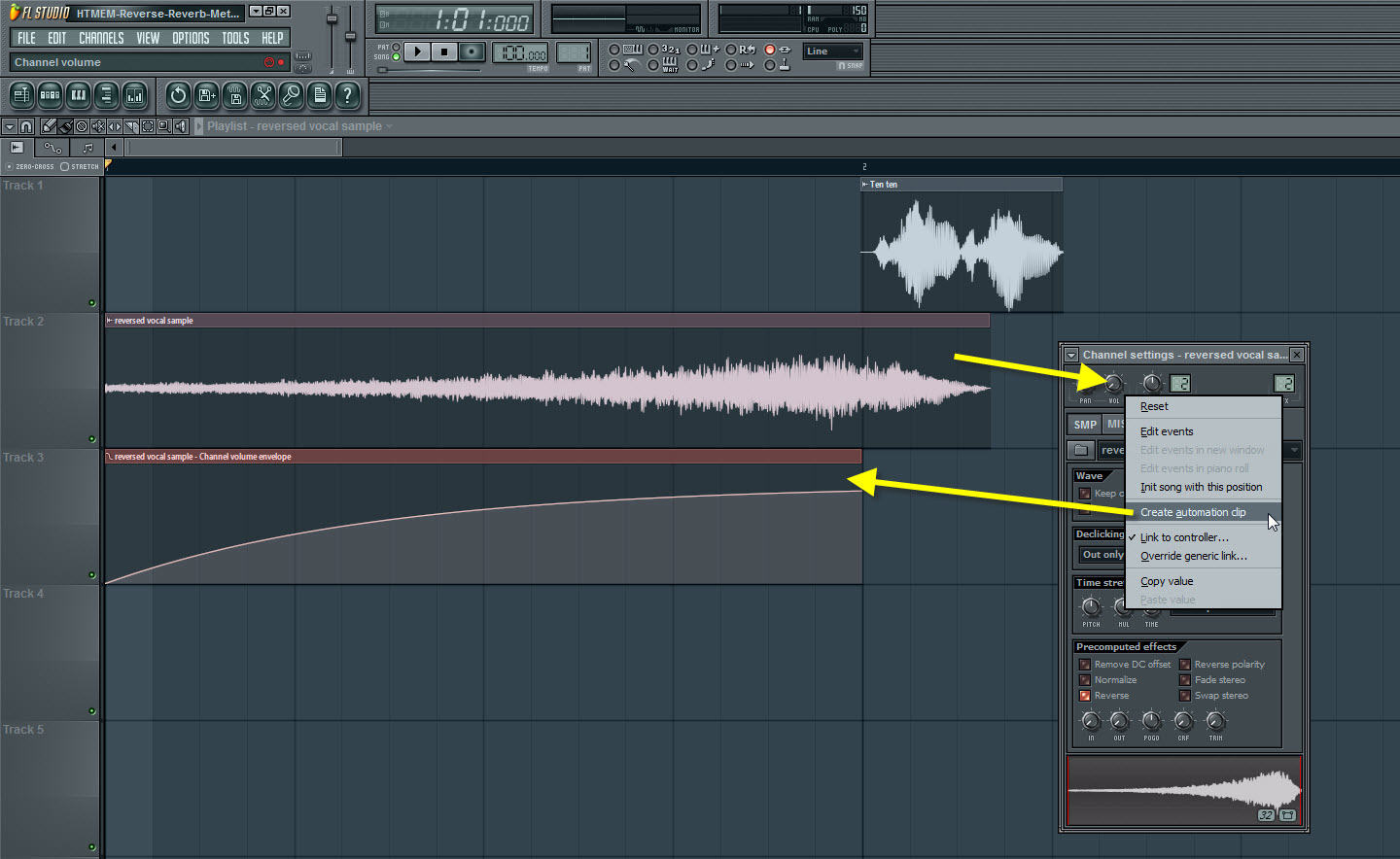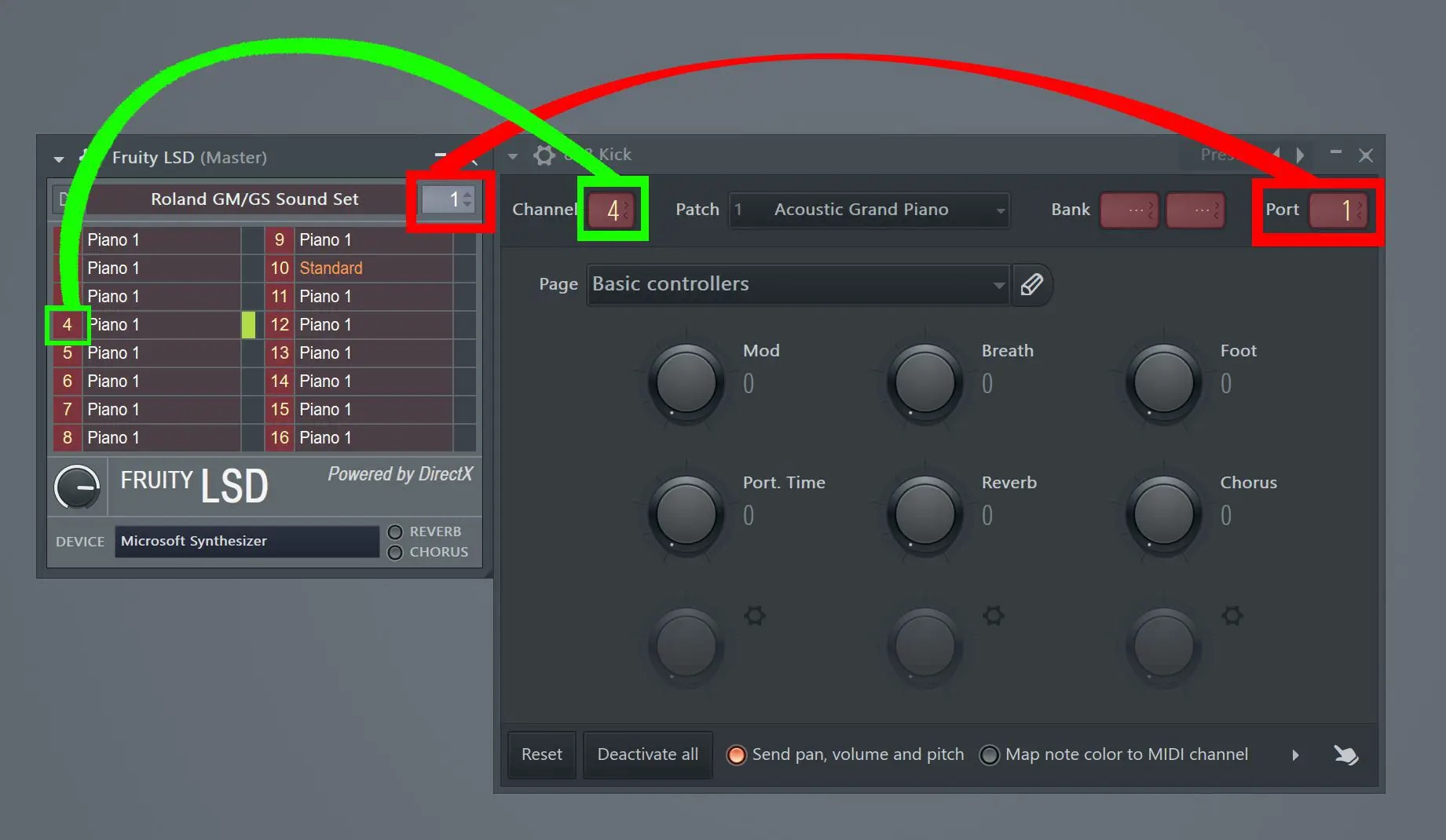Home>Production & Technology>MIDI>How To Turn A Sound Into A MIDI Instrument In Studio One
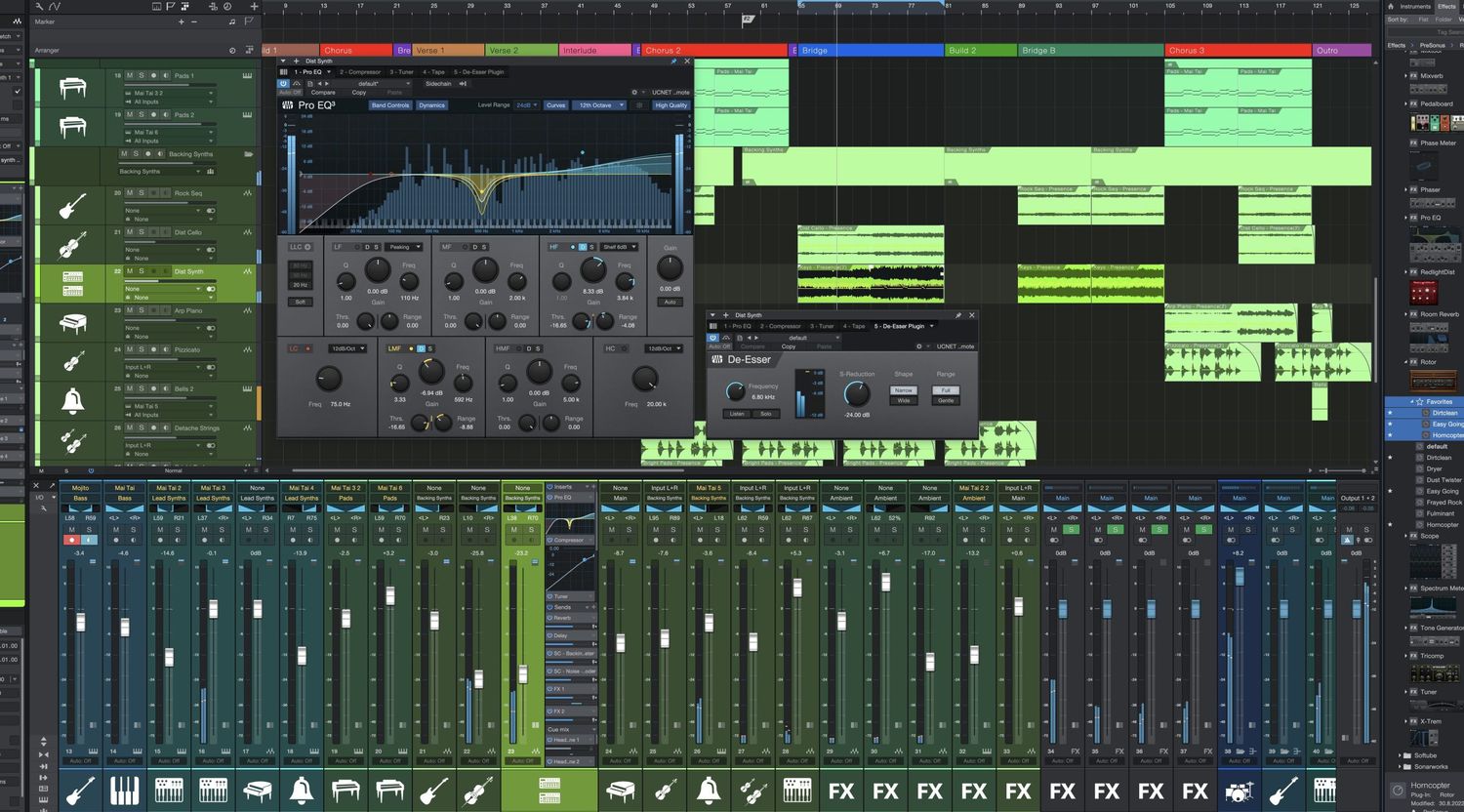

MIDI
How To Turn A Sound Into A MIDI Instrument In Studio One
Published: February 20, 2024
Learn how to convert any sound into a MIDI instrument in Studio One. Transform your audio files into MIDI with ease and precision. Master MIDI now!
(Many of the links in this article redirect to a specific reviewed product. Your purchase of these products through affiliate links helps to generate commission for AudioLover.com, at no extra cost. Learn more)
Table of Contents
Introduction
Turning a sound into a MIDI instrument is a fascinating process that opens up a world of creative possibilities in music production. Whether you're a seasoned producer or just starting out, the ability to transform any audio recording into a MIDI instrument can significantly expand your sonic palette and take your compositions to new heights. In this article, we'll delve into the exciting realm of MIDI and explore how you can seamlessly convert a sound into a MIDI instrument using Studio One, a powerful digital audio workstation (DAW) known for its intuitive interface and robust features.
By harnessing the power of MIDI, you can breathe life into your recordings and manipulate them in ways that were once unimaginable. Imagine being able to extract the melodic nuances of a vocal performance, the rhythmic intricacies of a drum pattern, or the tonal richness of a guitar riff, and then manipulate these elements with precision and creativity. This process not only empowers you to repurpose existing audio material but also serves as a springboard for generating fresh musical ideas.
In the sections that follow, we'll embark on a step-by-step journey through the process of transforming a sound into a MIDI instrument in Studio One. We'll begin by setting up the sound source, ensuring that it is primed for conversion into MIDI data. Then, we'll explore the seamless process of converting the sound to MIDI within Studio One, leveraging its advanced tools and functionalities to achieve optimal results. Subsequently, we'll delve into the realm of editing and fine-tuning the MIDI instrument, allowing you to sculpt and refine the converted MIDI data to suit your creative vision.
Get ready to unlock the full potential of your audio recordings and unleash a world of sonic exploration as we demystify the art of turning a sound into a MIDI instrument in Studio One. Whether you're looking to breathe new life into existing recordings or embark on a sonic adventure of your own making, the transformative power of MIDI awaits. Let's dive in and discover the boundless possibilities that await at the intersection of audio and MIDI.
Setting Up Your Sound Source
Before embarking on the journey of converting a sound into a MIDI instrument, it's crucial to ensure that your sound source is optimally prepared for the transformation process. The quality and characteristics of the original sound will significantly influence the outcome of the MIDI conversion, making the setup phase a pivotal starting point.
1. Selecting a High-Quality Sound Source
The first step in setting up your sound source is to carefully select a high-quality audio recording that serves as the foundation for the MIDI instrument. Whether it's a vocal performance, a drum pattern, a guitar riff, or any other sound, the richness and clarity of the original recording will directly impact the fidelity and expressiveness of the resulting MIDI instrument.
2. Cleaning Up the Audio Recording
Once you've chosen the sound source, it's essential to ensure that the audio recording is free from unwanted noise, clicks, pops, and other imperfections that could interfere with the MIDI conversion process. Using audio editing tools, such as noise reduction plugins or spectral repair modules, you can meticulously clean up the recording, ensuring that it is pristine and ready for transformation into MIDI data.
3. Identifying Key Elements for Conversion
Depending on the nature of the sound source, it's beneficial to identify the key elements that you intend to extract and convert into MIDI data. For instance, if you're working with a vocal recording, you may focus on capturing the melodic contours and rhythmic nuances of the performance. Similarly, when dealing with percussive elements, such as drum patterns, you might pinpoint the individual hits and articulations that will translate into MIDI notes and velocities.
4. Capturing Multiple Takes (Optional)
In some cases, capturing multiple takes of the sound source can provide additional flexibility when converting to MIDI. By recording variations of the performance or experimenting with different microphone placements, you can gather a diverse range of sonic textures and timbres, offering a broader palette for the MIDI instrument.
5. Optimizing Recording Levels
Ensuring optimal recording levels is paramount to capturing a clean and robust audio signal. By monitoring and adjusting the input levels during the recording process, you can prevent clipping and distortion, thereby preserving the integrity of the sound source and facilitating a smoother MIDI conversion process.
By meticulously setting up your sound source, you lay a solid foundation for the subsequent conversion process, setting the stage for a seamless transition from audio to MIDI within Studio One. With a meticulously prepared sound source, you are poised to unlock the transformative potential of MIDI and embark on a journey of sonic exploration and creativity.
Converting the Sound to MIDI in Studio One
Once your sound source is meticulously prepared, Studio One provides a seamless and intuitive environment for converting the audio recording into MIDI data. This transformative process empowers you to extract the musical essence of the sound and manipulate it with precision and creativity. Here's a detailed exploration of the steps involved in converting the sound to MIDI within Studio One:
1. Importing the Audio Recording
Begin by importing the meticulously prepared audio recording into Studio One. Whether it's a vocal performance, a drum pattern, or a melodic instrument, Studio One's user-friendly interface allows you to effortlessly import the audio file into the project, setting the stage for the MIDI conversion process.
2. Analyzing the Audio Signal
Studio One employs advanced algorithms to analyze the audio signal, identifying key elements such as pitch, timing, and dynamics. This analysis serves as the foundation for the subsequent generation of MIDI data, ensuring that the converted MIDI instrument faithfully captures the nuances and intricacies of the original sound.
3. Generating MIDI Notes and Velocities
Leveraging the analyzed audio signal, Studio One intelligently generates MIDI notes and velocities that mirror the musical elements present in the sound source. Whether it's extracting the pitch and duration of a vocal melody or translating the transient dynamics of a drum pattern into MIDI velocities, Studio One's conversion process is designed to preserve the musicality and expressiveness of the original recording.
4. Refining the MIDI Instrument
Once the MIDI data is generated, Studio One provides a comprehensive set of editing tools to refine and customize the MIDI instrument to suit your creative vision. From adjusting note lengths and velocities to quantizing timing discrepancies and adding expressive MIDI controllers, Studio One empowers you to sculpt the converted MIDI data with precision and artistry.
5. Exploring Creative Possibilities
With the sound successfully converted into a MIDI instrument, Studio One opens up a world of creative possibilities. Whether it's layering the MIDI instrument with virtual instruments, applying transformative MIDI effects, or integrating it into complex arrangements, the converted MIDI data serves as a versatile building block for crafting unique and compelling musical compositions.
By seamlessly converting the sound into MIDI within Studio One, you unlock a realm of creative potential, bridging the gap between audio and MIDI and unleashing a wealth of sonic exploration and innovation. The process not only breathes new life into existing recordings but also paves the way for boundless musical creativity and expression.
Editing and Fine-Tuning the MIDI Instrument
Once the sound has been successfully converted into MIDI data within Studio One, the stage is set for a meticulous process of editing and fine-tuning the MIDI instrument. This pivotal phase empowers you to sculpt and refine the converted MIDI data, ensuring that it aligns seamlessly with your creative vision and musical objectives. Here's a detailed exploration of the steps involved in editing and fine-tuning the MIDI instrument within Studio One:
1. Note Editing and Quantization
Studio One offers a comprehensive suite of note editing tools that allow you to precisely manipulate the MIDI data. Whether it's adjusting the timing of individual notes, extending or shortening note durations, or refining the pitch of melodic passages, Studio One's intuitive interface provides a seamless platform for meticulous note editing. Additionally, the quantization feature enables you to align MIDI notes to a specified grid, ensuring rhythmic accuracy and enhancing the overall cohesion of the MIDI instrument.
2. Velocity and Dynamics Adjustment
Fine-tuning the dynamics of the MIDI instrument is crucial in imbuing the performance with expressiveness and nuance. Studio One enables you to adjust the velocity of individual notes, allowing you to emulate the subtle variations in dynamics present in the original sound source. By meticulously refining the velocity levels, you can infuse the MIDI instrument with a lifelike quality, capturing the ebb and flow of the musical performance.
3. MIDI Controllers and Expression
Studio One provides robust support for MIDI controllers and expression, offering a wealth of creative possibilities for shaping the sonic characteristics of the MIDI instrument. Whether it's applying modulation, pitch bend, or other expressive MIDI parameters, Studio One empowers you to imbue the MIDI performance with a rich tapestry of articulations and nuances, elevating the musicality of the instrument to new heights.
4. Layering and Arrangement Integration
With the edited and fine-tuned MIDI instrument at your disposal, Studio One allows you to seamlessly integrate it into complex arrangements and musical compositions. Whether it's layering the MIDI instrument with virtual instruments to enrich its timbral palette or integrating it into intricate musical arrangements, Studio One serves as a versatile platform for harnessing the full potential of the MIDI data.
5. Real-Time Performance Control
Studio One's dynamic interface enables real-time performance control, allowing you to interact with the MIDI instrument in a live setting. Whether it's manipulating MIDI parameters through external controllers or performing expressive gestures using MIDI input devices, Studio One fosters a fluid and immersive environment for real-time performance and experimentation.
By meticulously editing and fine-tuning the MIDI instrument within Studio One, you elevate the converted MIDI data to a level of artistry and refinement, ensuring that it seamlessly integrates into your musical productions and resonates with expressive depth and authenticity. The process not only empowers you to shape the sonic characteristics of the MIDI instrument but also serves as a springboard for boundless creative exploration and innovation within the realm of MIDI-based music production.
Conclusion
In conclusion, the process of turning a sound into a MIDI instrument in Studio One opens up a world of creative possibilities and transformative potential in music production. By meticulously setting up the sound source, converting the sound to MIDI, and editing and fine-tuning the resulting MIDI instrument, producers and musicians can harness the power of MIDI to breathe new life into existing recordings and embark on a journey of sonic exploration and innovation.
The seamless integration of audio and MIDI within Studio One empowers creators to extract the musical essence of any sound and manipulate it with precision and artistry. Whether it's capturing the melodic nuances of a vocal performance, the rhythmic intricacies of a drum pattern, or the tonal richness of a guitar riff, the process of transforming a sound into a MIDI instrument serves as a gateway to boundless creative expression.
Furthermore, Studio One's intuitive interface and advanced tools provide a fertile ground for sculpting and refining the converted MIDI data, ensuring that it aligns seamlessly with the creator's artistic vision. From meticulous note editing and dynamics adjustment to the application of expressive MIDI controllers and real-time performance control, Studio One offers a comprehensive platform for shaping the sonic characteristics of the MIDI instrument with depth and authenticity.
As the journey of turning a sound into a MIDI instrument unfolds, the resulting MIDI data serves as a versatile building block for crafting unique and compelling musical compositions. Whether it's layering the MIDI instrument with virtual instruments, integrating it into complex arrangements, or exploring real-time performance control, Studio One paves the way for boundless musical creativity and expression.
In essence, the process of turning a sound into a MIDI instrument in Studio One transcends the boundaries of traditional music production, offering a gateway to a realm of sonic exploration and innovation. By seamlessly bridging the gap between audio and MIDI, Studio One empowers creators to unlock the transformative potential of MIDI and embark on a journey of boundless creativity and expression.
Thus, as we conclude this exploration of turning a sound into a MIDI instrument in Studio One, it's evident that the fusion of audio and MIDI opens up a world of creative possibilities, serving as a catalyst for innovation and artistic expression in the realm of music production.


